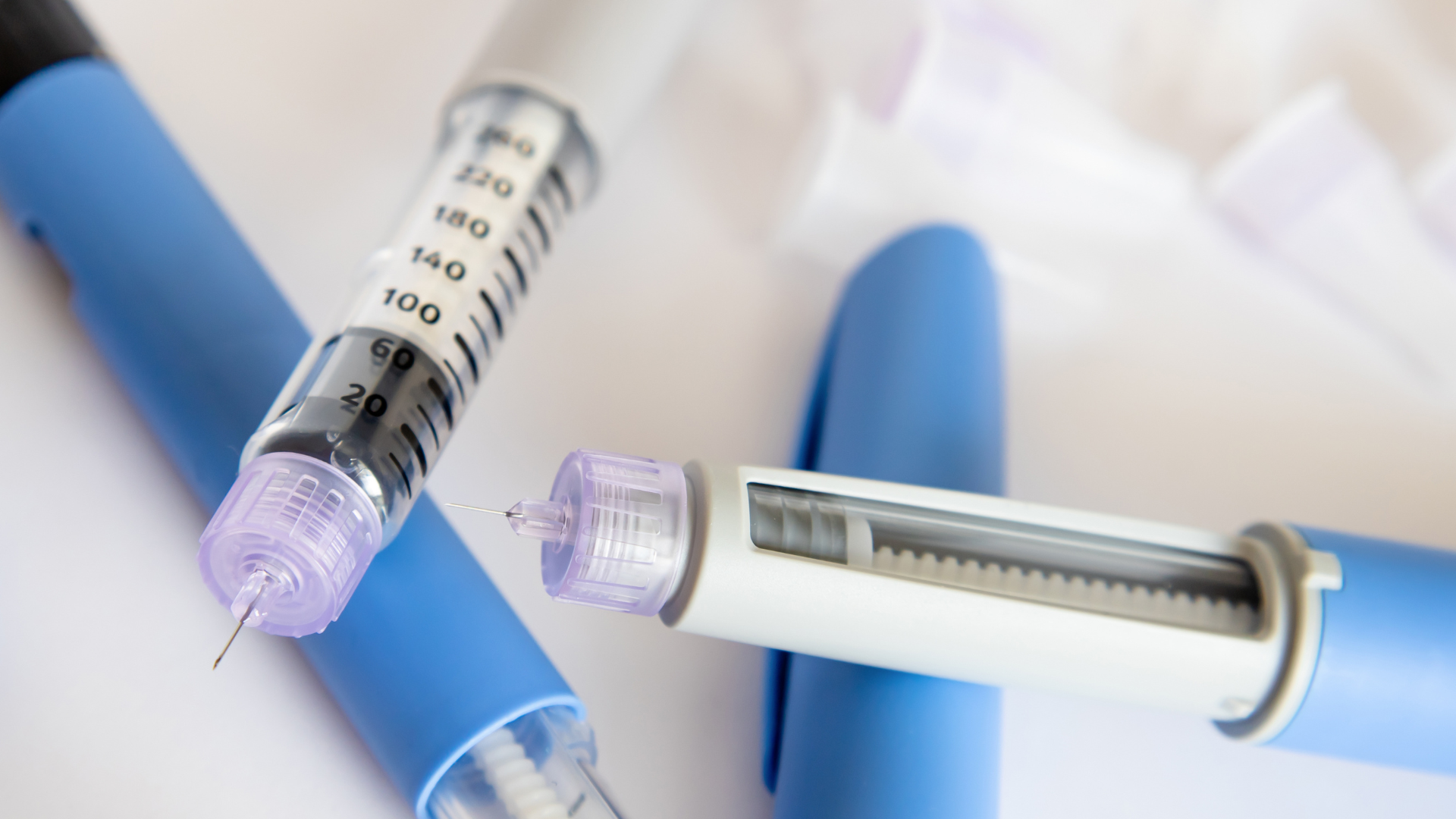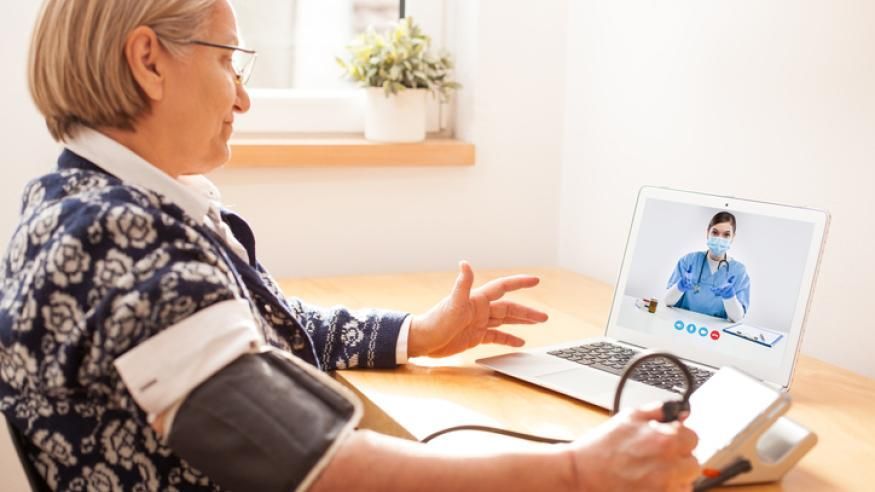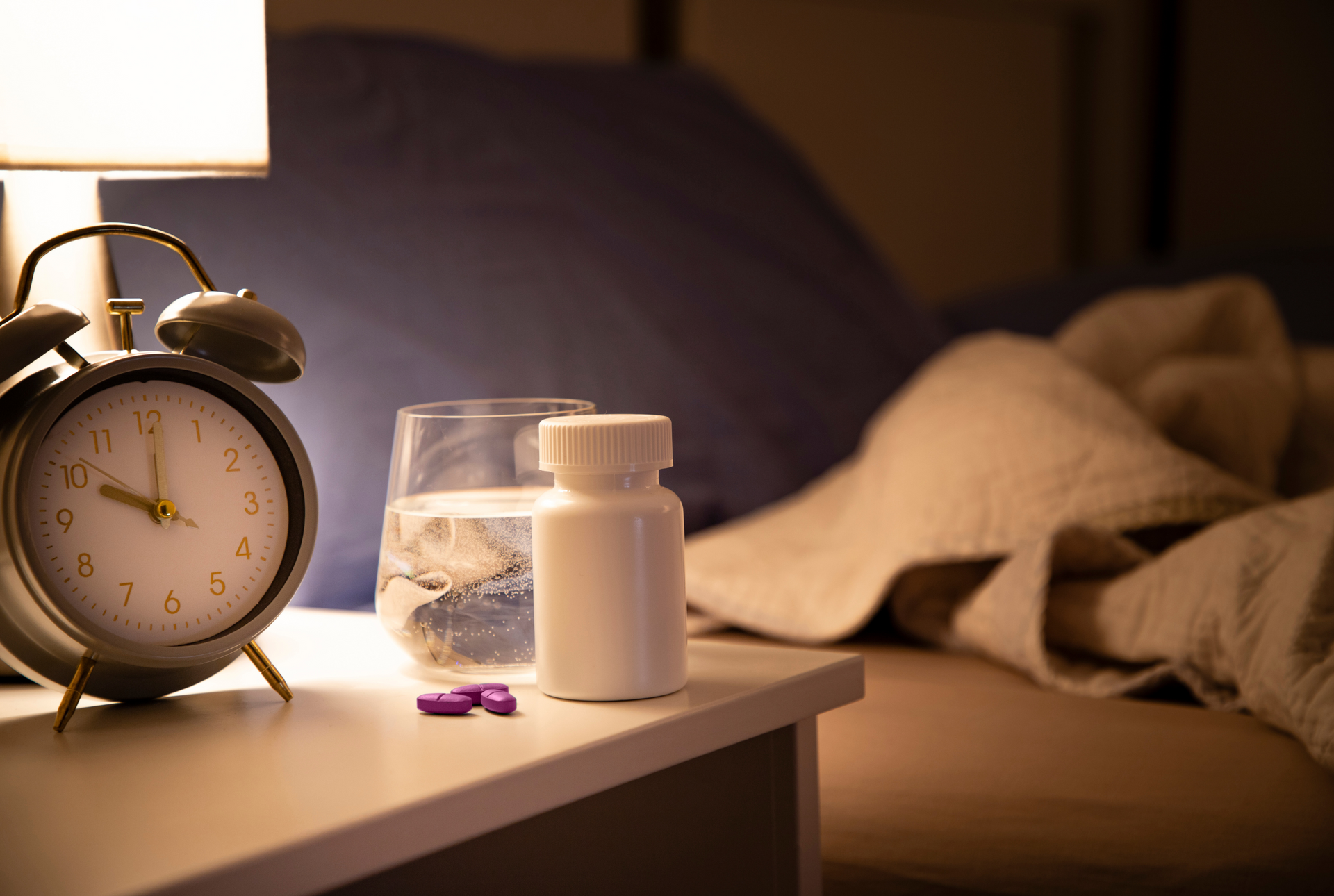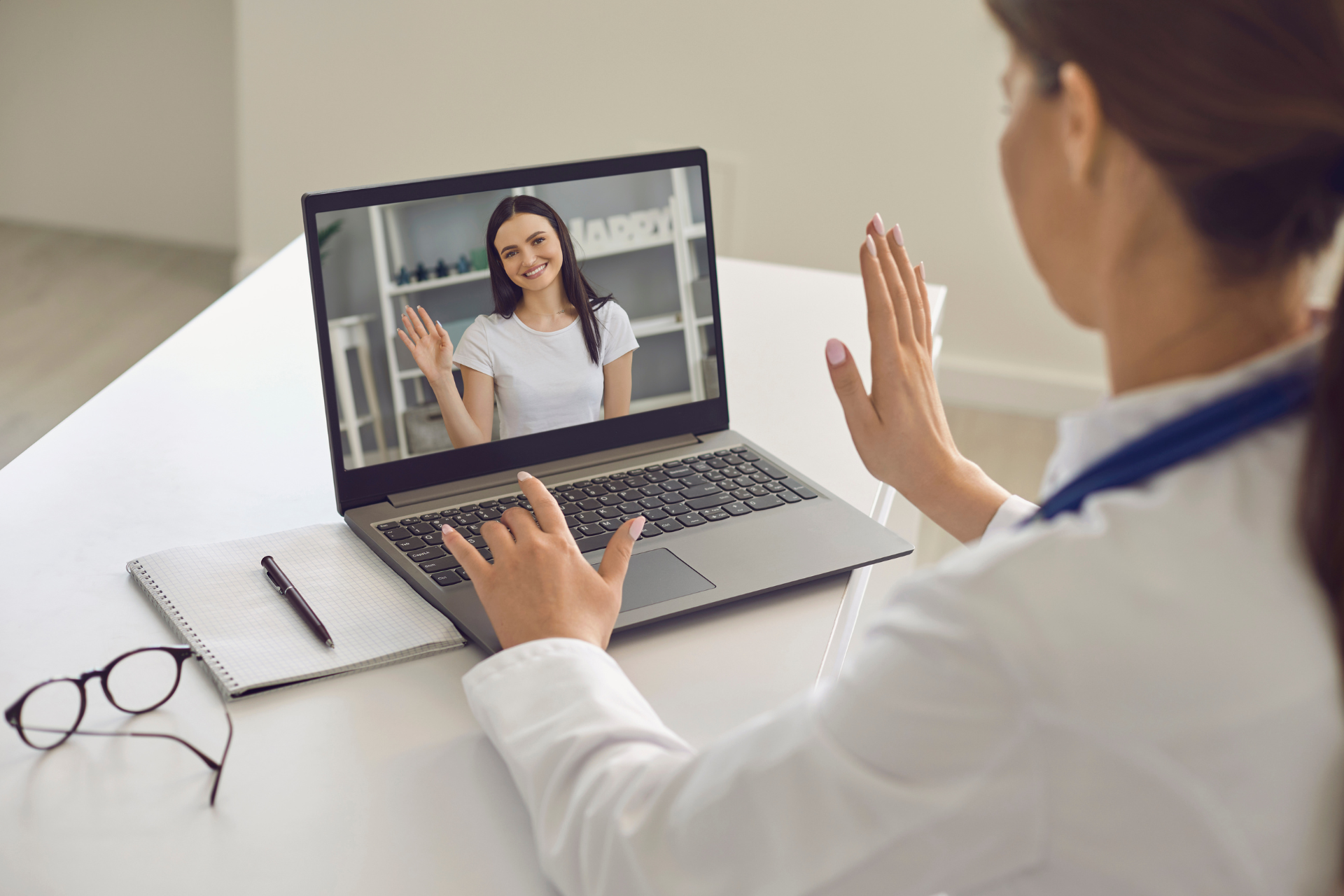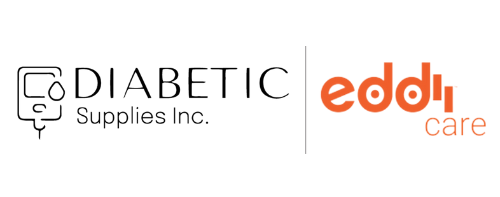Dexcom G7 Available in US Starting Feb. 17
Dexcom G7 Available in US Starting Feb. 17
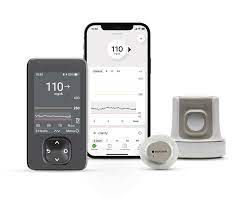
The long-awaited US launch of Dexcom G7 is days away! G7 improves on Dexcom’s current continuous glucose monitoring (CGM) system, the G6, with greater accuracy, smaller size, easier insertion, and more.
With the FDA clearance of the G7 CGM, Dexcom is preparing to deliver the device to users across the United States throughout 2023.
On Feb. 7, Dexcom announced that G7 will be available to people with diabetes in the United States with type 1, type 2, or gestational diabetes, starting on Feb. 17. Dexcom revealed the full US launch in a commercial during Super Bowl LVII on Sunday, February 12th, starring musician, actor, and philanthropist, Nick Jonas, who lives with type 1 diabetes.
The company has also released additional details (see below) on pricing, insurance coverage, and how you can get G7 following the launch.
The G7 was first submitted for review in 2021. After the FDA's extensive review, which included a delay announced earlier in the year, the G7 has been cleared in the United States for use by people with diabetes ages 2 and up, and for use during pregnancy.
Dexcom G7 features
In developing G7, Dexcom made several significant changes to key features of its CGM. These features include:
- Smaller size – G7 is approximately 60% smaller than G6 and is more circular. G7 can be inserted on the abdomen, back of the upper arm, or, for children ages 2-17, on the upper buttocks. It can also be inserted using only one hand.
- Shorter warm-up time – 30 minutes compared to two hours with G6
- More accurate glucose readings – The accuracy of glucose monitors is typically described with a metric called MARD, or mean absolute relative difference. MARD is listed as a percentage, describing how far off you can expect your sensor reading to be from your actual blood glucose level. Generally, this means that the lower the percentage, the more accurate the sensor.
- G7 has a MARD of 8.2% for those wearing the device on their upper arm. In comparison, G6 and Abbott Freestyle Libre 2 have MARDs of 9.0% and 9.3%, respectively. The Freestyle Libre 3 has a MARD of 7.9%.
- Sensor and transmitter combined into one disposable device
- More flexibility to customize alerts and temporarily silence alarms – While this could make it more likely that people miss urgent alerts, it also provides advantages, such as allowing people to customize alarm thresholds and reduce diabetes distress due to the fatigue people feel from frequent alarms
- Updated mobile app for iOS and Android users – the Dexcom CGM app and the CLARITY app have been combined into one app for G7 users. While users will still need the CLARITY app to see a detailed analysis of their glucose data, key CLARITY metrics like real-time glucose readings and Time in Range data can be seen on the same screen in the new G7 app.
G7 also maintains some of the key features from G6, including:
- No fingerstick calibration
- 10-day lifespan
- Connectivity with iOS and Android smartphones and many automated insulin delivery (AID) systems.
Consistent with the G6, glucose data from the G7 can be used to make treatment decisions and adjust insulin dosing.
Where is G7 available now?
Dexcom G7 is currently available for all people ages 2 and up in the United Kingdom, Ireland, Germany, Austria, and Hong Kong. With FDA clearance, Dexcom has now announced that the full US launch of G7 will begin on Feb. 17.
Dexcom G7 price
The cost of G7 varies for each individual based on insurance coverage. Dexcom continues to work with Medicare, Medicaid, and private insurers in its plan to expand coverage for G7 throughout 2023.
According to Dexcom, approximately one-third of people with private insurance will pay $0 out of pocket for G7, and a majority will pay less than $40 per month. G7 will be reimbursed by over 97% of private insurance and is covered by Medicare, as well as Medicaid in 45 states.
Roughly 4.8 million Americans with diabetes who use insulin watched the Super Bowl as the device was introduced – 3.3 million of whom do not use a CGM. Dexcom has said that of these 3.3 million, 70% are currently covered, or will be covered for G7 by the end of 2023 under Medicare, Medicaid, or private insurance.
Starting on Feb. 17, current G6 users whose private insurance plans do not yet cover G7 can purchase the new CGM for $89 per month at their local pharmacy. This can be done through the Simple Start program and with a prescription from a healthcare provider. Once a user's insurance plan starts to cover G7, the out-of-pocket cost will return to what it was when using G6. Those who have not used a Dexcom CGM in the past can also check their insurance coverage and purchase G7 through the program.
On Feb. 13, Dexcom also announced that G7 will be covered by Medicare. This means that people with diabetes on Medicare are covered for the new CGM as soon as it is launched on the 17th. Those without CGM coverage or who are unsure about their benefits can visit the Dexcom Savings Center to check their coverage or enroll in the pharmacy savings program, which reduces the price of the CGM by $200 monthly.
What experts are saying about G7
Dexcom CEO Kevin Sayer spoke with diaTribe in August about the FDA review process and the excitement around the next-generation CGM.
“We changed the algorithm, we changed the insertion techniques, we changed every manufacturing procedure that we have and completely rewrote the entire app and the software experience. That’s a lot for [the FDA] to digest and a lot for us to submit,” Sayer said. “If I look at learnings for us over time, I think we will probably do things a little more incrementally going forward, rather as big as this one was, and we can get things through faster.”
Though the overhaul may have resulted in a longer FDA review process, Sayer said he was thrilled about the new system, highlighting that the leap from G6 to G7 is even greater than from G5 to G6.
Alex Diener, head of Dexcom’s Global Product Design team, said “when we set out to design G7, it was a blank slate. The software and hardware have all been reimagined. Dexcom customers from around the world were part of the design process.”
Jake Leach, chief operating officer at Dexcom, emphasized the potential impact of G7 on CGM use for all people with diabetes.
"Advancements in accuracy, simplicity, comfort and connectivity make Dexcom G7 the most powerful CGM system on the market," Leach said. "In addition, G7 being the first and only iCGM approved by the FDA for use during pregnancy is a clear sign of continued momentum in establishing CGM as the undisputed standard of care in the US for people with all types of diabetes."
G7 will continue to expand its impact on people with diabetes as the device becomes available in more markets. In locations where G7 is available, leading diabetologists echoed excitement about the new features and potential impact of the device.
"The Dexcom G7 has features that will be welcomed by users in Europe, notably the smaller device size and 30 min warm-up time," said Professor Philip Home, emeritus professor of diabetes medicine at Newcastle University in the United Kingdom. "Users tend to be tech-aware, but the simplified transition between sensors should help expand the user base."
On increasing the number of people with diabetes on a CGM, Home added that, "this series of improvements are by themselves incremental, but put together, the advance from G6 is a distinct step change, and should further push the expanded use of real-time glucose measurement to benefit more and more people with type 1 and type 2 diabetes."
Similarly, Dr. Thomas Danne, director of the Department of General Pediatrics Endocrinology/Diabetology & Clinical Research at Children's Hospital Auf der Bult in Hanover, Germany, told diaTribe, "several aspects [of the Dexcom CGM] have been updated that directly translate to more convenience including simplifying the transition between sensors."
"Reducing burden in the daily management of diabetes will always translate into a big impact for people with diabetes," he said.
Danne added that, especially for children with diabetes, the smaller size of G7 is "preferable for children having only limited surface area for placement. I have tried out the G7 myself and I was impressed by the size and the fast warm-up time of 30 minutes – very convenient," he said.
As a next step, Leach (Dexcom COO) said that the company will continue focusing on improving the CGM user experience.
"Looking forward, we want to continue to focus on extending the length of sensor wear for Dexcom CGM and optimize our software experience to best meet the needs of all users – including people with type 1, type 2 and gestational diabetes, as well as healthcare providers and loved ones," he said.
Full US launch
Dexcom conducted limited launches where the device is available to select users, in the first half of 2022, in several countries including the UK, Germany, Austria, Ireland, and Hong Kong. The company announced the full G7 launch in these countries on October 4.
Similarly, after the FDA approved G7 in December, there has been a limited rollout in the United States, with a full launch starting Feb. 17, 2023.
For more information about the new features of G7 and earlier 2022 launches, visit:
-from diaTribe article
Healthy Bites



